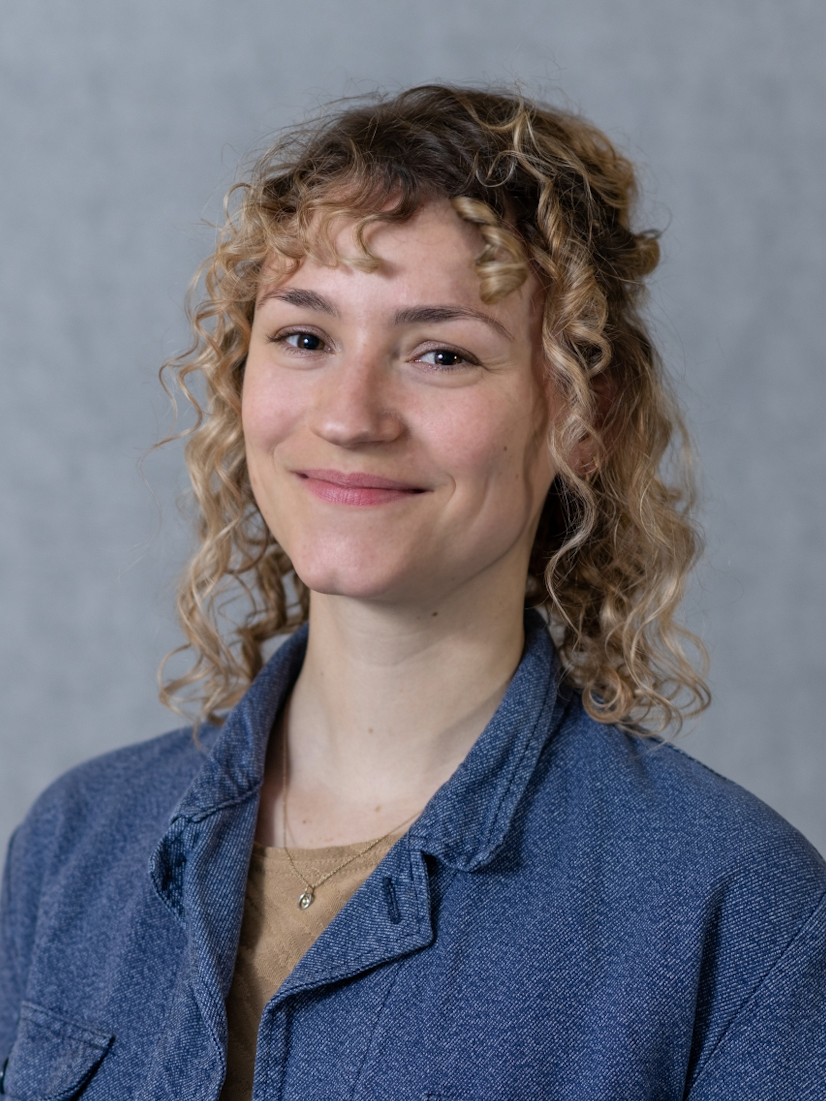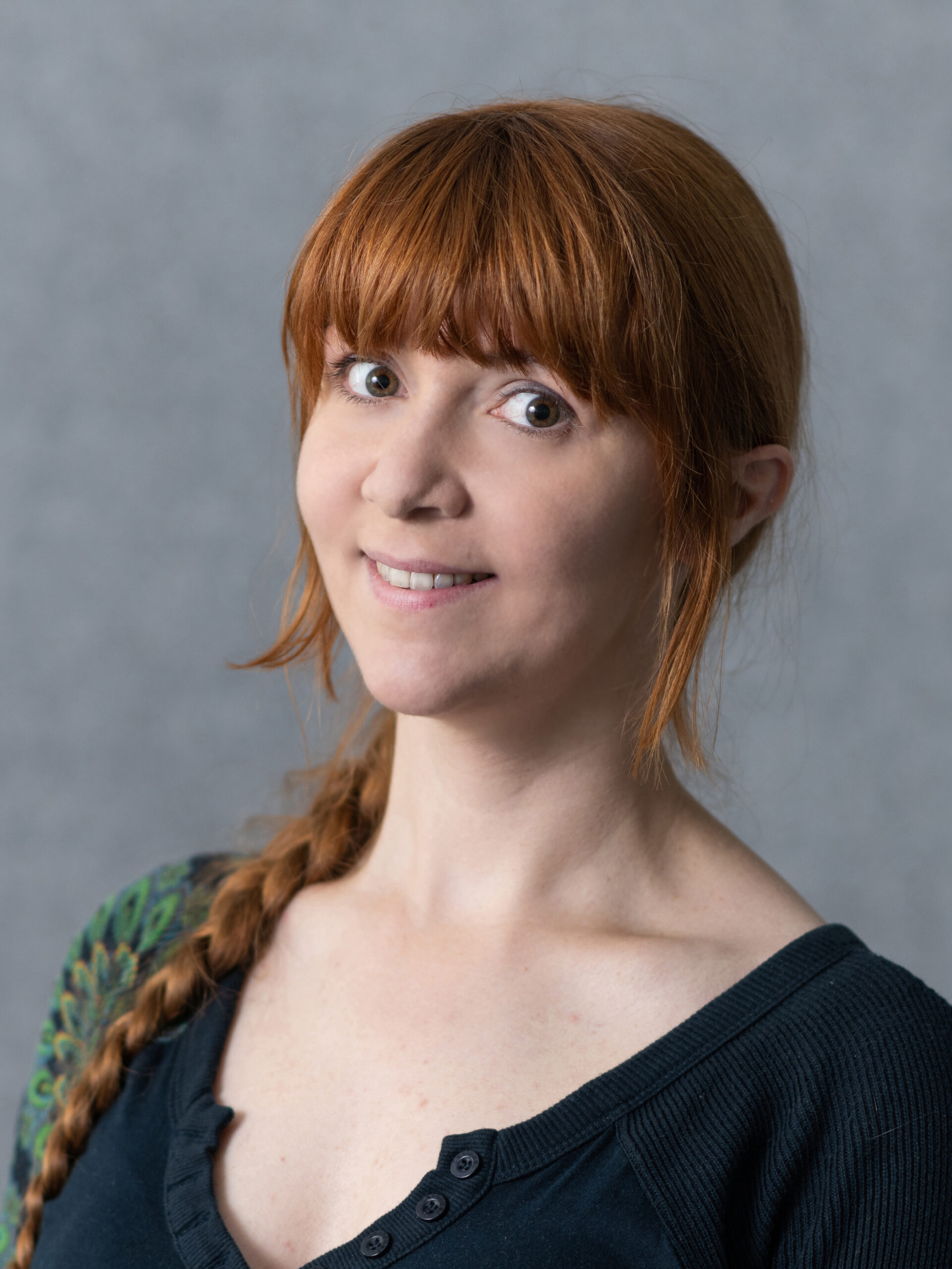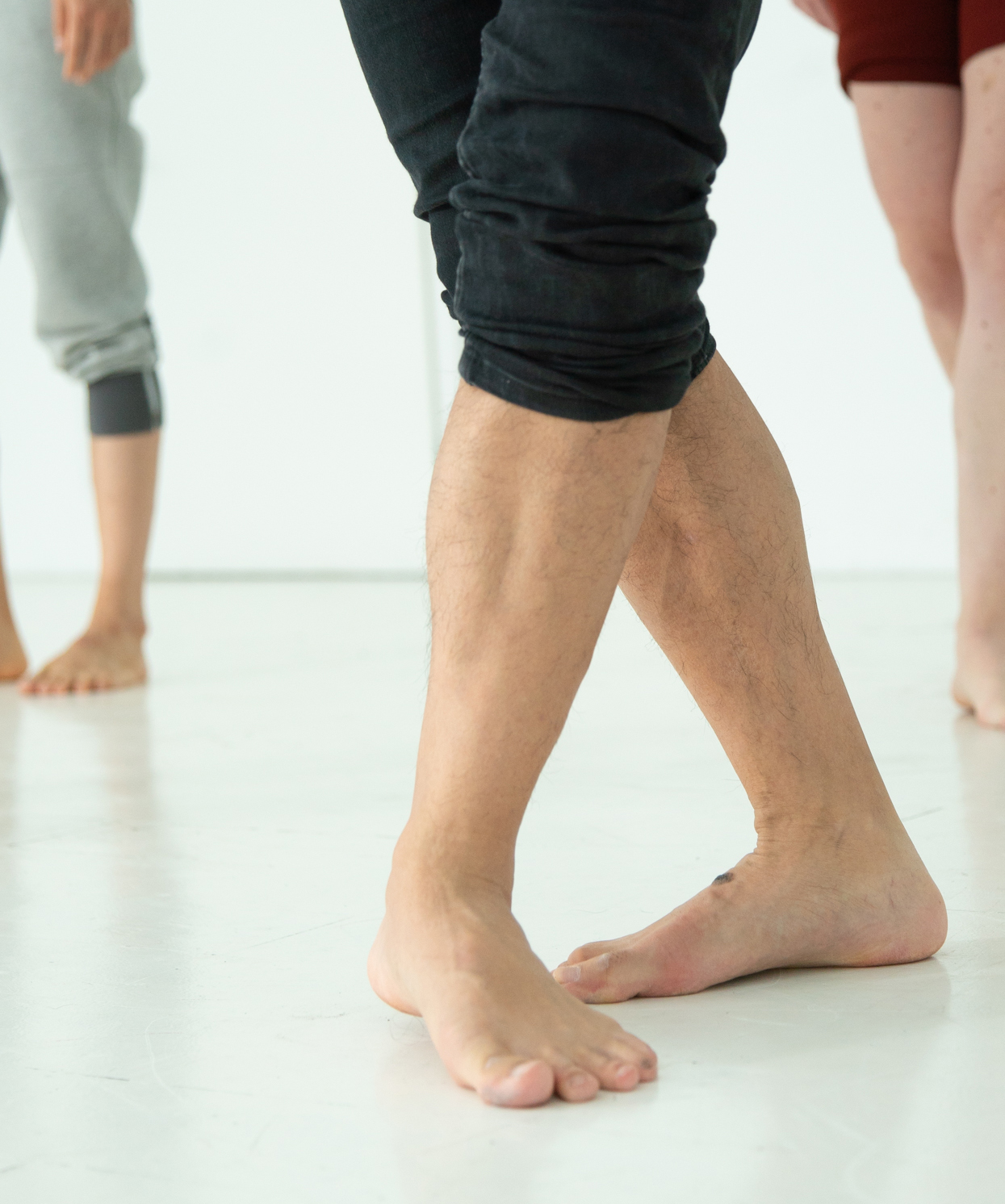
Promoting awareness for feet and leg health.
Did you ever explore what movements are possible with the 33 joints in your feet? When was the last time you even took time looking at your feet? It doesn’t take long. Take a moment right now to really be aware of your feet. Feel them. Take off your shoes. How far can you spread your toes? How far to turn the ankle? What does the skin feel like on your heels, on your toes? Is there a song playing that you like? Try what it’s like to dance with just your feet.
Feet are our foundation. They come into contact with our environment more often than any other part of the body. And yet we rarely feel and see them. Most of us have even learned to actively look away and to feel away when our feet ache from standing for too long. When shoes are too tight.
► Our feet can tell us a lot about our health.
We developed these videos for World Diabetes Day on November 14th. Constantly tingling feet can be an early sign of polyneuropathy, for example in connection with diabetes. With advanced polyneuropathy, the risk of injuries and pressure sores is high.
► You can prevent this by listening to the early signs. General practitioners and diabetic consultants can assist you if you suspect something.
It is not just diabetes that increases the risk of wounds. Our blood vessels also have a lot to do with our foot health. Some skin changes are part of life and aging. Others can indicate diseased vessels, especially in the feet and legs.
► Is the skin pale, does hair and nails grow slower? Have your feet checked to see if they are receiving enough blood.
Permanently swollen feet and legs and changes in the color of the skin can be signs that your veins are overloaded. Fluid remains in the legs and can damage the tissue there. “Open legs” can be avoided if the fluid is drained away in a timely manner.
► General practitioners can refer you to vascular specialists who will take a close look at your vessels and recommend therapies.
Why us?
In the course of our work with patients and practitioners, we have heard one thing again and again: most chronic wounds are preventable. But you have to know your body well, recognize the early warning signs and take them seriously.
Our research group SHoW works on many levels to improve care for people with chronic wounds. But we agree: in the best case scenario, wounds should not arise in the first place.
► You can help: Please take care of your feet. You are worth it.
Cooperation partners

Tanz die Toleranz is one of the most important and sustainable community dance programs in Austria. New concepts and formats are constantly being developed to meet the diverse needs of different people. Read more.

The Arts for Health Austria association sees itself as a platform for art activities in the public health sector in Austria, as an interface between artists, researchers and health institutions and as a national and international networking instrument and contact point for all those interested in this field. Read more.

The Häuser zum Leben with their pensioner clubs for the city of Vienna are the largest providers of senior care in Austria. More than 4,800 dedicated employees look after the residents of the homes and the visitors to the clubs. Read more.
Production
Idea and concept: Marie Niederleithinger
Choreography: Katy Geertsen, Barbara Jurcsa, Wei-Ken Grosmann-Liao
Videography: Manon Pichon
Copywriting: Conny Schneider
Screen design: Gabriel Dörner
Professional advice: Karoline Kinsky and Elsa Perneczky
Contact


Dr. Conny Schneider, MSc
Health Services Research & Communication
ta.ca.gbl.amuart@redienhcs.ailenroc